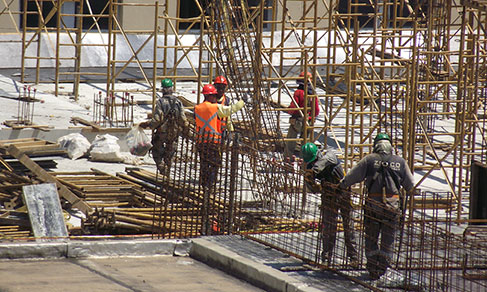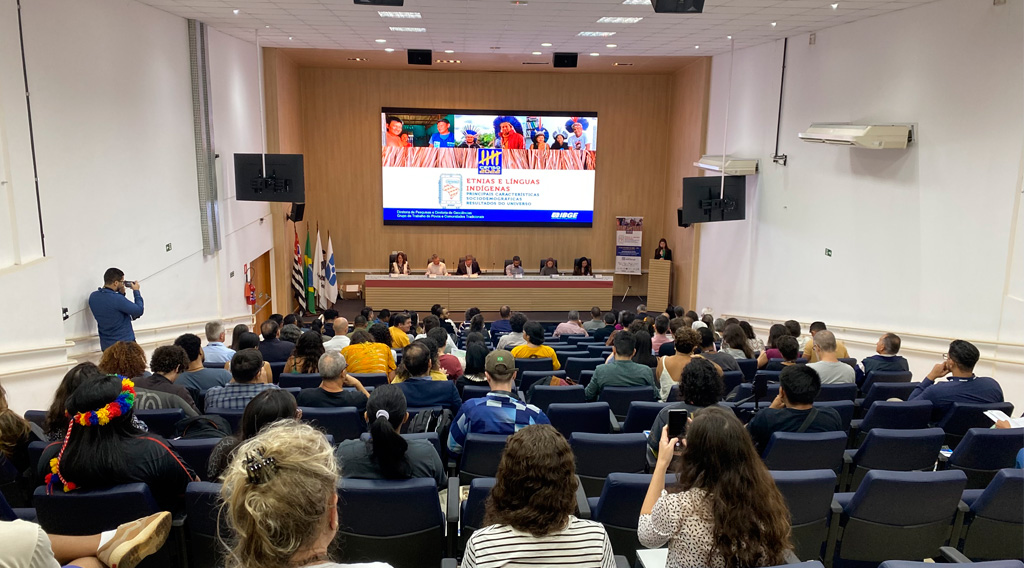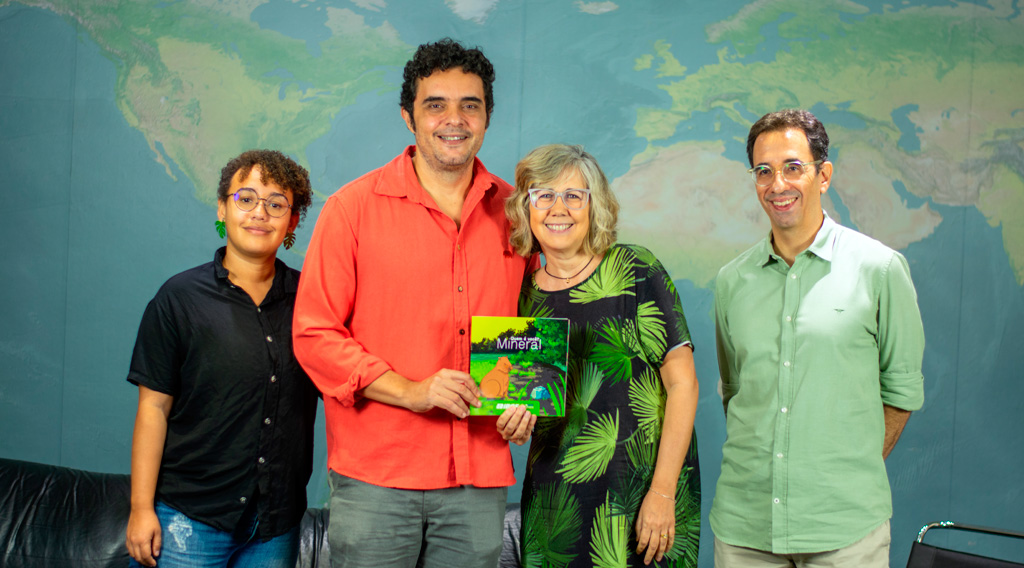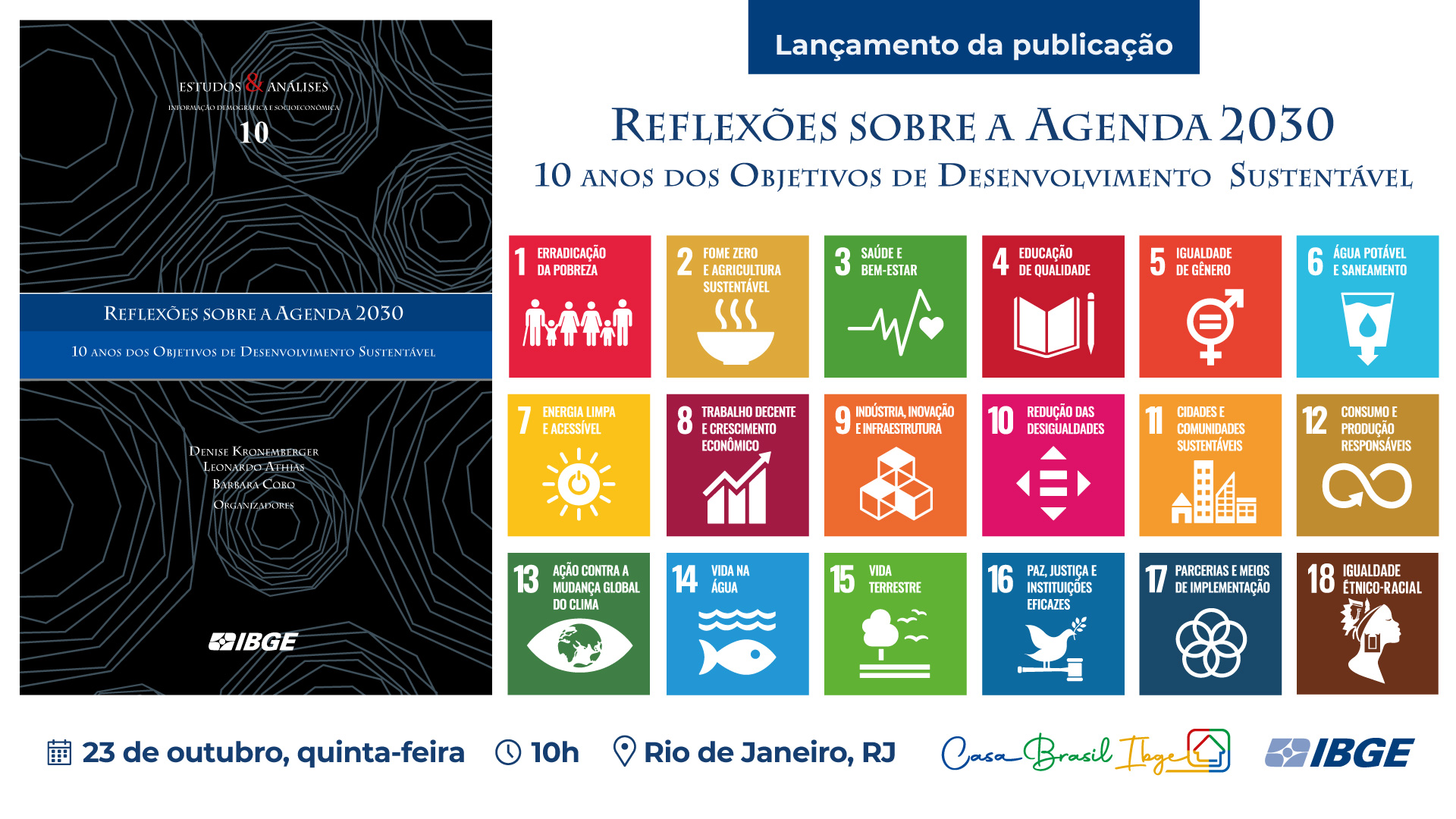PNAD COVID19
Number of strictly isolated people in the pandemic drops to 33.8 million
October 09, 2020 09h00 AM | Last Updated: October 13, 2020 05h30 PM
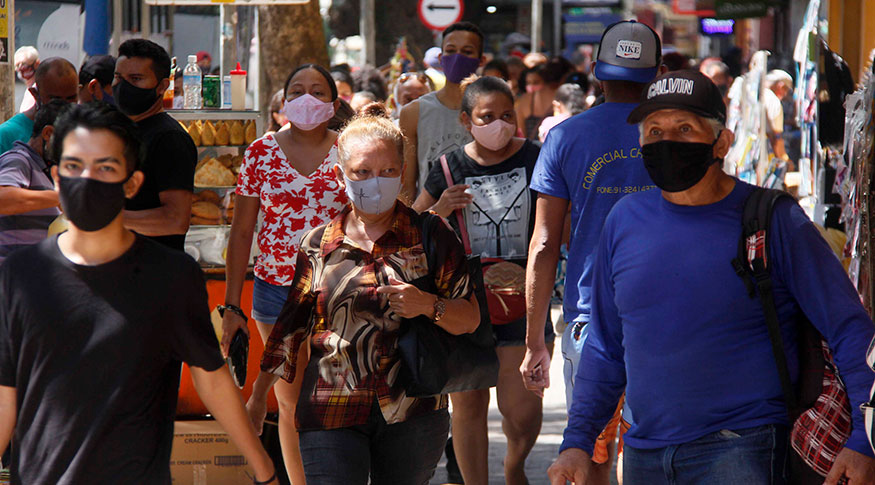
The number of people under strict isolation to reduce the spread of the coronavirus fell by 1.6 million between the second and third weeks of September, now totaling 33.8 million. Nearly 5.1 million people interrupted stricter isolation measures in the first three weeks of September, according to the weekly edition of PNAD COVID19, released today (9) by the IBGE.
The group of people who reduced contact but continued leaving home or being visited increased by 2.4 million in the third week of September. As a result, it represents 40.5% of the Brazilian population – the highest figure since June, when this topic was firstly raised. People who have adopted that type of more flexible behavior now total 85.7 million.
Before that, the largest group among the population was made of people who stayed at home and only left when absolutely necessary, which, in the week of September 13 to 19, represented 39.9% of Brazilians. This share of the population was made up of 84.4 million people, indicating stability compared to the previous week. Another group that remained stable was made up by those who did not adopt any restriction measures, totaling 6.5 million people (or 3.1% of the population).
For the survey coordinator, Maria Lucia Vieira, the relaxation of social isolation is a trend that has been observed since the topic was brought up by the survey. "Every week there are fewer and fewer people who are strictly isolated at home, and they tend to adopt less restrictive measures, as leaving home and running some errands," says the manager.
According to Ms. Vieira, relaxation also led part of the population to put the labor market under some pressure again. “People are, week after week, looking for or returning to work. The pandemic is no longer the main cause of people not seeking for a job”, says the manager.
In the third week of September, there was a fall of about 859 thousand in the population that was not employed who claimed the pandemic or lack of opportunities in their neighborhood prevented them from job searching. At the beginning, this group amounted to 15.4 million people.
Another possible consequence of the relaxation was the increase in the employment-to-population ratio from the second to the third week of September, reaching 49.1%. “It is the first time [in the survey’s time series] that the employment-to-population ratio has increased significantly. The rise results from successive positive changes in the employed population in the past four weeks. This contingent has been increasing a little, not in a statically significant way, but there has been a growing trend. The job market already seems to show the first signs of recovery”, analyzes the expert.
The employed population was estimated at 83.7 million, which is considered to be statistically stable compared to the previous week, when there were 82.6 million employed persons. The number of the unemployed also remained stable, totaling 13.3 million. As a result, the unemployment rate was 13.7%.
4.3% of the population had some kind of flu-like symptoms
The survey estimated that in the third week of September, 9.1 million people had at least one of the flu-like symptoms investigated by the survey, such as fever, cough and sore throat. The number is equivalent to 4.3% of the population and is considered stable compared to the previous week, when 9.7 million reported some of the symptoms.
Among those who had the symptoms, about 2.2 million sought care in health facilities such as health centers, emergency rooms and public or private hospitals. The number was stable compared to the second week of September. About 594 thousand people sought care in public, private or military hospitals, and of these, 74 thousand were hospitalized.
6.3 million students had no school activities during the week
Of the 46.3 million students enrolled in schools or universities, 13.7% (or 6.3 million) did not have school activities in the third week of September. There is stability compared to the previous week, when 6.8 million reported not having activities in the period.
Those who had activities totaled 39.5 million. Among them, about 26.2 million (66.3%) had school activities at home for five days a week, while 858 thousand only had activity in one day.


